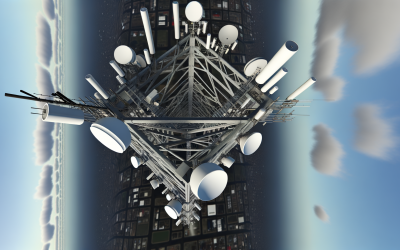


Music has always been a huge part of my life. It's been a source of comfort, a way to mark moments in time, and, most importantly, a constant source of creative inspiration. As a video editor, I've come to realise just how much music shapes the way we experience stories. It's not just background noise-it's the heartbeat of a scene, the rhythm of an edit, and sometimes, the difference between something good and something unforgettable.
The Power of a Perfect Soundtrack
There are certain films that stay with you long after the credits roll, and more often than not, music plays a big role in that. Think about the opening of a film where the first few notes of a song immediately set the tone. Or those subtle, almost imperceptible notes in the background that swell just as a character reaches an emotional breaking point. And then there are the soundtracks that are just pure fun-a collection of songs that turn a film into a crowd-pleasing experience.
As an editor, I've always been fascinated by how music can completely transform a scene. A single track can change the pacing, shift the mood, or even add an entirely new layer of meaning. I've worked on projects where swapping out one song for another has taken a piece from feeling flat to feeling dynamic and engaging. It's a powerful tool, and when used well, it can elevate storytelling in ways that visuals alone simply can't.
Music isn't just background noise-it's the heartbeat of a scene, shaping mood, rhythm, and emotion.
Editing to the Beat
One of the biggest lessons I've learned over the years is how to edit with music, rather than just laying it on top of a finished sequence. Early on, I had the chance to work with some incredibly talented creatives who showed me how to cut in a way that complements the rhythm of a track. It's almost like dancing with the timeline-finding the right beats to make a cut, letting the music guide the flow, and using it to punctuate key moments.
It's not just about matching cuts to the beat, though. Sometimes, the most effective use of music is knowing when to let it breathe, when to let silence take over, and when to bring it back in for maximum impact. The best edits feel seamless, like the music and visuals were always meant to be together.
The best edits feel seamless, like the music and visuals were always meant to be together.
Music as a Creative Catalyst
Beyond just editing, music plays a huge role in my creative process. When I'm brainstorming ideas or trying to get into the right headspace for a project, I'll often turn to music to set the mood. Different genres and tempos can help me tap into different creative energies-sometimes I need something upbeat and driving to get me going, other times I need something more atmospheric to help me focus.
There's something about music that bypasses the logical part of the brain and taps straight into emotion. That's why it's such a powerful tool in storytelling. It helps me connect with the feeling I want to convey in an edit, and it often sparks ideas I wouldn't have thought of otherwise.
The Future of Music in Editing
As technology evolves, so does the way we use music in media. One of the biggest shifts we're starting to see is the rise of AI-generated music. With generative AI models, it's becoming easier than ever to create custom tracks tailored to specific projects. This could open up a whole new world of possibilities for editors, giving us more flexibility and control over the music we use.
But will AI-generated music have the same emotional impact as something created by a human composer or artist? That's the big question. There's something deeply personal about music that comes from human experience, and it remains to be seen whether AI can truly replicate that. Either way, it's an exciting time for creatives, and I'm looking forward to seeing how these new tools shape the future of editing.
As music evolves, so will how it's used in media, with AI opening up new creative possibilities.
Final Thoughts
For me, music will always be an essential part of the creative process. Whether it's shaping an edit, sparking new ideas, or simply setting the right mood, it's a tool I couldn't do without. As technology continues to evolve, the way we use music in storytelling will change, but one thing will always remain the same-music has the power






